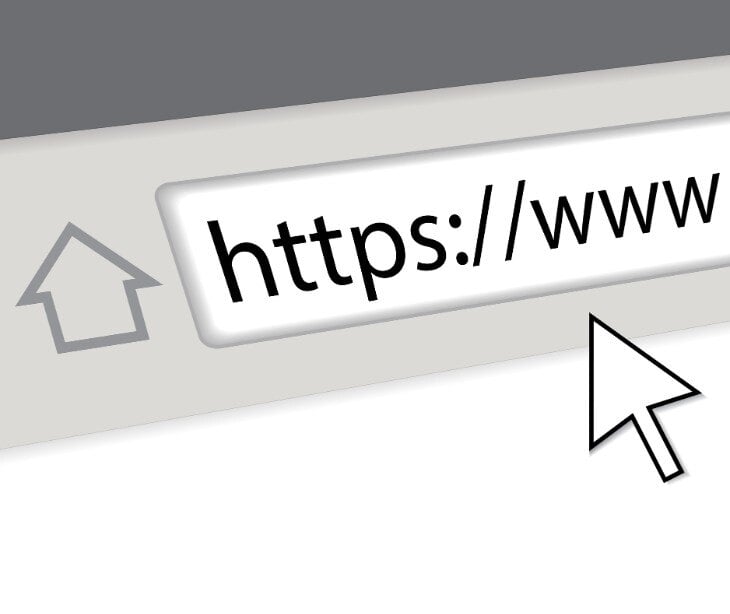
Healthcare organizations rely on web applications for their operations, including Electronic Health Records (EHR), patient portals, telehealth services, and online pharmacies. This digital transformation has created new attack surfaces that cybercriminals actively exploit.
What are web application attacks
According to the Health Sector Cybersecurity Coordination Center (HC3), Basic Web Application Attacks (BWAA) target an organization's most exposed infrastructure, particularly web servers and Internet-facing applications. These attacks occur when adversaries exploit weaknesses in web-based programs using malicious software, data, or commands to cause unintended behavior. Most commonly, attackers either leverage stolen credentials or exploit known vulnerabilities to gain unauthorized access.
In healthcare, these attacks typically target web applications such as:
- Patient portals
- Telehealth services
- Electronic health record systems
- Online pharmacies
- Medical resource platforms
- Health insurance portals
- Inventory management systems
Common attack methods
Cross-site scripting (XSS), SQL injection (SQLi), path traversal, and DDoS attacks are common ways for healthcare websites to be targeted. According to recent analysis, the healthcare sector faced unprecedented levels of these attacks during the COVID-19 pandemic, driven by increased telehealth adoption and remote work transitions.
- Cross-site scripting (XSS): In XSS attacks, cybercriminals inject malicious scripts into trusted websites. When executed, these scripts can steal session cookies, capture login credentials, and access sensitive patient information. For example, attackers can exploit XSS vulnerabilities in patient portals to harvest provider credentials, potentially gaining unauthorized access to Electronic Health Records.
- SQL injection (SQLi): SQLi attacks involve inserting malicious SQL code into application queries. In healthcare settings, successful SQLi attacks can provide attackers with access to entire patient databases. A recent incident demonstrated this risk when attackers exploited a vulnerable search function in a hospital's patient portal, potentially exposing thousands of patient records.
- Path traversal: These attacks exploit insufficient security controls to access files and directories stored outside the web root folder. In healthcare applications, path traversal attacks have been used to access sensitive system files, configuration data, and even backup patient records stored on web servers.
- Distributed denial of service (DDoS): DDoS attacks have become increasingly sophisticated and damaging to healthcare operations. According to Comcast Business, the healthcare sector faced the highest volume of DDoS attacks during the pandemic. These attacks flood networks with traffic, rendering critical web applications unusable. For example, a major children's hospital experienced a DDoS attack that disabled their appointment scheduling system and patient portal, significantly disrupting patient care.
- The COVID-19 impact: The pandemic catalyzed a shift in attack targets from individuals to healthcare infrastructure. With the rapid adoption of telehealth and remote work solutions, attackers found new opportunities to exploit healthcare web applications. This trend continues as organizations maintain hybrid operations and expanded digital services.
The impact on healthcare
Web application attacks can severely impact healthcare operations. When successful, these attacks can compromise patient data confidentiality, disrupt critical services, and lead to significant financial losses. For example, a 2014 DDoS attack on a children's hospital resulted in their appointment scheduling system, fundraising site, and patient portal becoming unavailable to both medical personnel and patients.
Protection strategies
Healthcare organizations can implement several defenses against web application attacks. Web application firewalls (WAFs) serve as a first line of defense by filtering and monitoring HTTP traffic between web applications and the Internet. By deploying a WAF in front of a web application, organizations create a shield between their applications and potential threats.
Vulnerability scanning and security testing help organizations identify and address security weaknesses before attacks occur. Regular testing should include both automated scans and manual security assessments to ensure comprehensive coverage of potential vulnerabilities.
A study about security assessment suggests that secure development practices are equally important. When building or updating healthcare applications, security teams must consider potential threats and attack vectors early in the product lifecycle. This proactive approach helps develop effective strategies for preventing attacks and minimizing breach impacts.
FAQs
What is the difference between a WAF and a traditional firewall?
A Web Application Firewall (WAF) specifically protects web applications by filtering HTTP traffic. Traditional firewalls operate at the network level and don't provide the application-specific protection needed for web-based threats.
Are cloud-based healthcare applications more vulnerable to attacks?
Not necessarily. Cloud-based applications can be either more or less secure depending on their configuration and security controls. The key is the proper implementation of security measures, regardless of where the application is hosted.
What should we do immediately if we suspect a web application attack?
First, document the suspicious activity and notify your IT security team. Preserve evidence, isolate affected systems if necessary, and follow your incident response plan. If patient data may be compromised, prepare for potential HIPAA breach reporting requirements.




